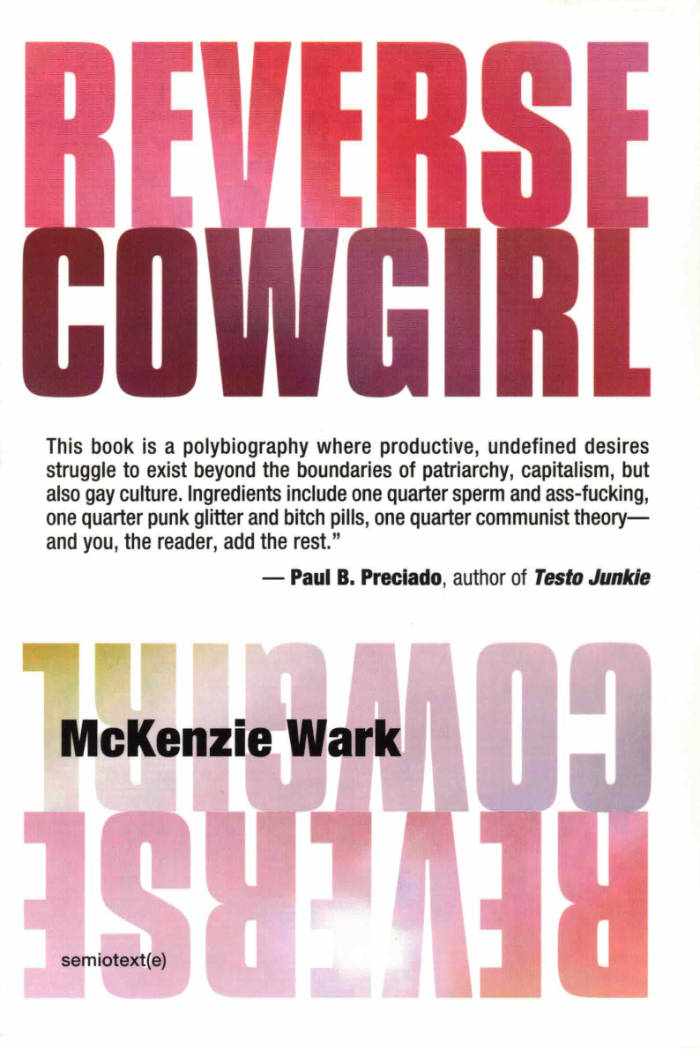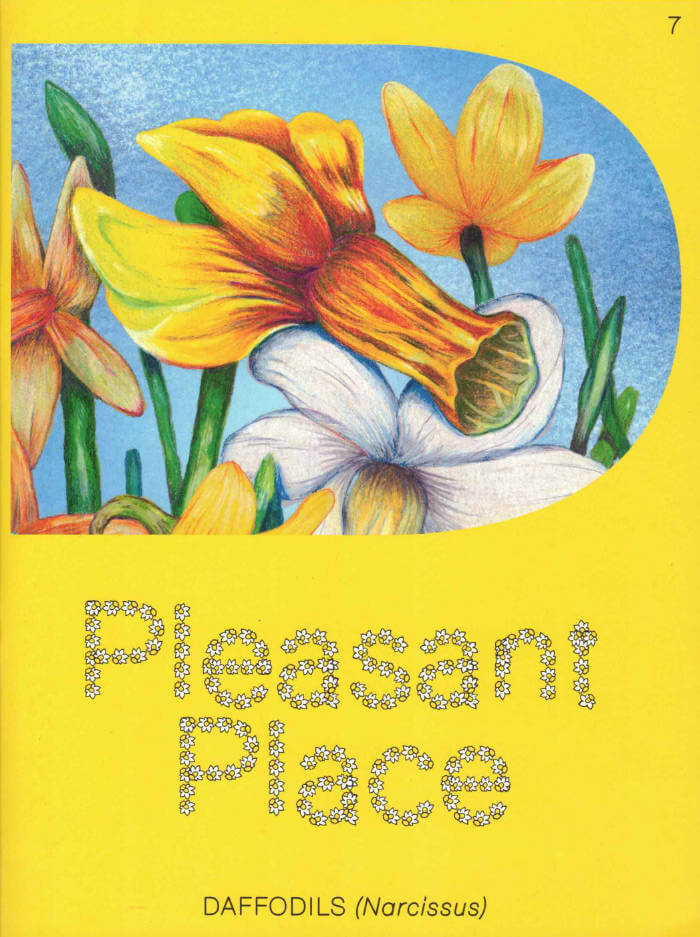
Randy Issue #3
Sophie Morner ed., A.K. Burns ed.
Randy engages inter-generational dialogue as a means to examine multiple perspectives on queer identity and gender.
In bringing together under-represented voices in a collaborative discussion, Randy expands the politics of art, sexuality, and aesthetics. Intent on fostering un-trodden affiliations, Randy publishes both emerging and established artists and writers. Through printed content, special events and curated shows, Randy produces an urgently needed genealogy of international queer artists and thinkers alike.
Randy is the personal and nepotistic project of A.K. Burns and Sophie Morner. Initiated in late 2009, Clark Solack became co-editor in the fall of 2011.
Issue #3—Reina Gossett / Tuesday Smillie / Jen Rosenblit / Niv Acosta / Julia Gillard / Martha Wilson / Ramdasha Bikceem (Klub Kid Vintage) / Stanya Kahn / Emily Hope / Sadie Benning / Sarah Forbes Keough / Meriem Bennani / Cassie Peterson / Kathe Burkhart / Isaac Preiss / Clark Solack / Hanna Wilde / Melanie Bonajo
Language: English







